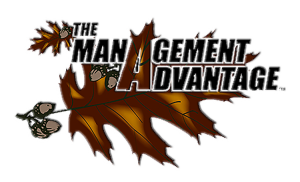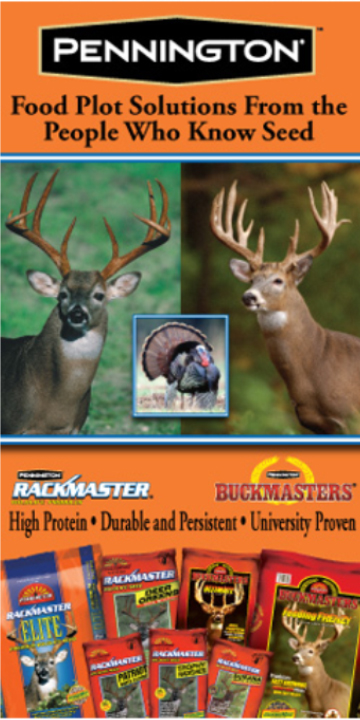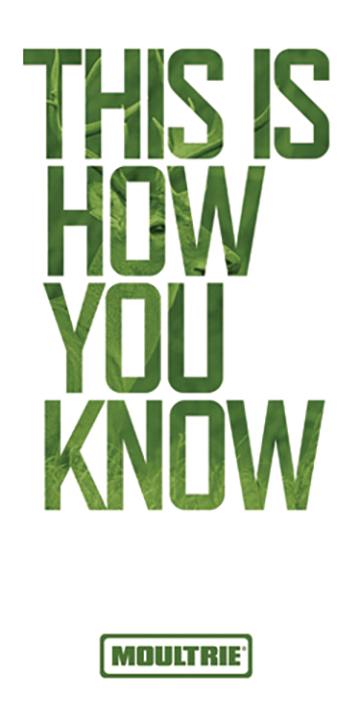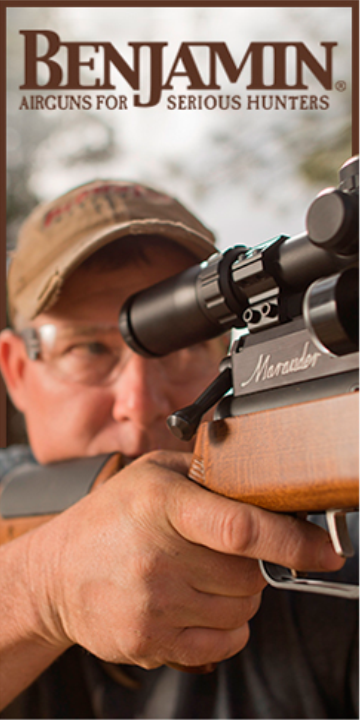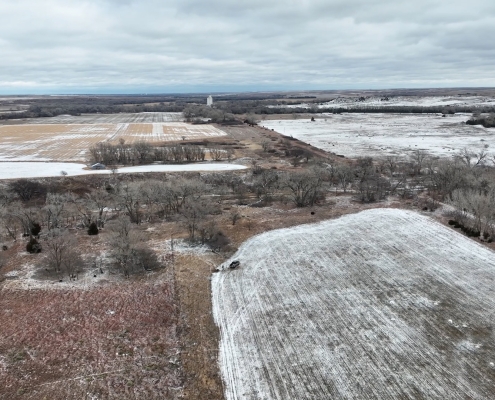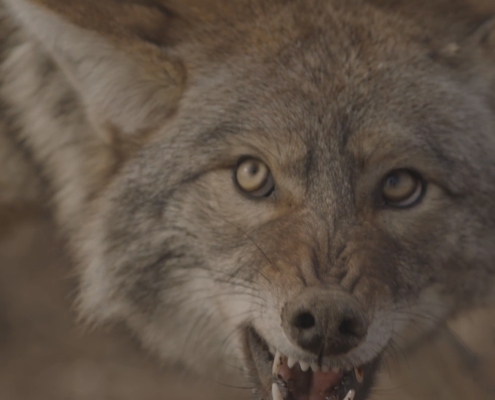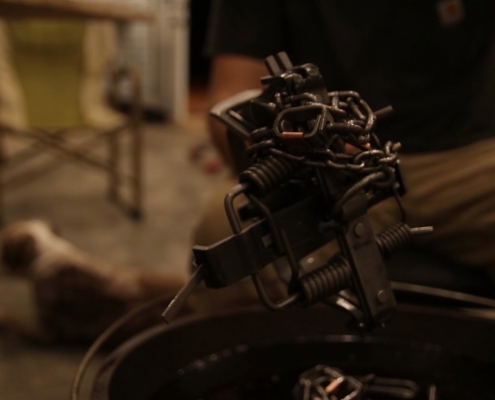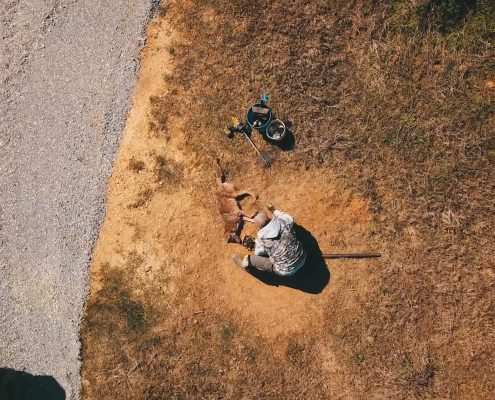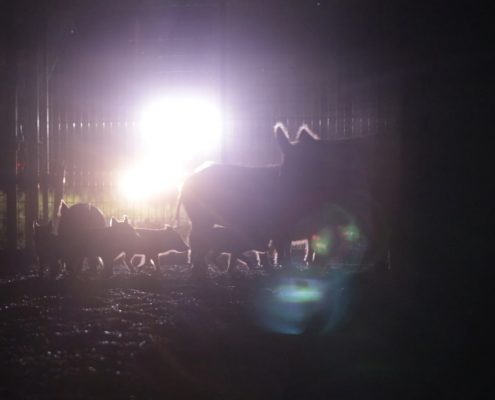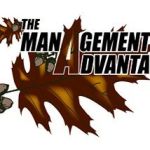Trapping
Trapping, along with most wildlife management activities, is often hindered by mother nature. The best trapping locations are often located in areas that are less than ideal for digging and setting traps. This week we show you how to combat these issues.
Trappers in the south are faced with hard packed road systems that run through pine plantations. These areas make it hard to get trap anchors in the ground. A way to work around this issue is to create a flat set anchored with a drag. We use Robert Waddell’s homemade drag that is attached via a long chain that allows the trapper to anchor to nearby brush. The other end of the set is placed near a “prominent feature”. In this case, Casey used a log on the side of the road. Located at the end of the log is a shallow hole to bury the trap in. As the coyote walks the road, he will see the log, smell the lure, and come to mark it as his own. A dirt hole set with a regular anchor would be useless in this location, but a drag attached to a flat set allows us to set a trap in an area frequented by coyotes.
Another common scenario faced by trappers is blending the trap back in after setting it. Peat moss is a great tool to use in blending traps. Peat moss used alone tends to be fluffy or spongy. This can prevent trapping success, but by combining it with soil that has already been collected you are able to maximize your ability to hide your set.
We’d like to thank all of our viewers for an outstanding response to our first 8 months of online wildlife management videos. We will continue to bring you time sensitive management videos to help you become a better land manager, but we’re going to take it to the next level with better production, longer content, and more information. To allow us to do so, we will be bringing you new videos every other week, but we will still help you Gain The Advantage Through Proper Management.
